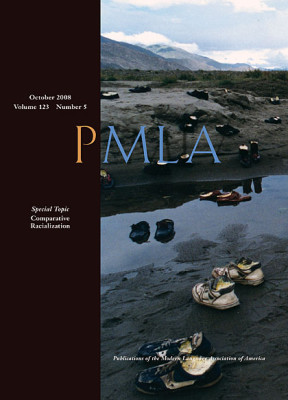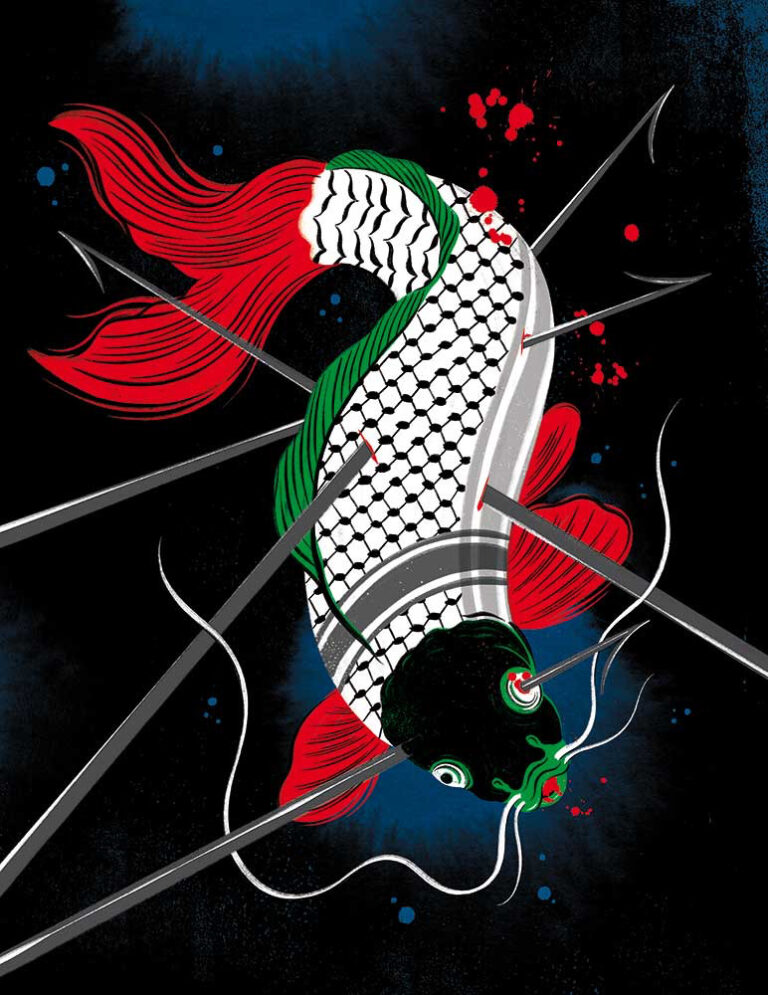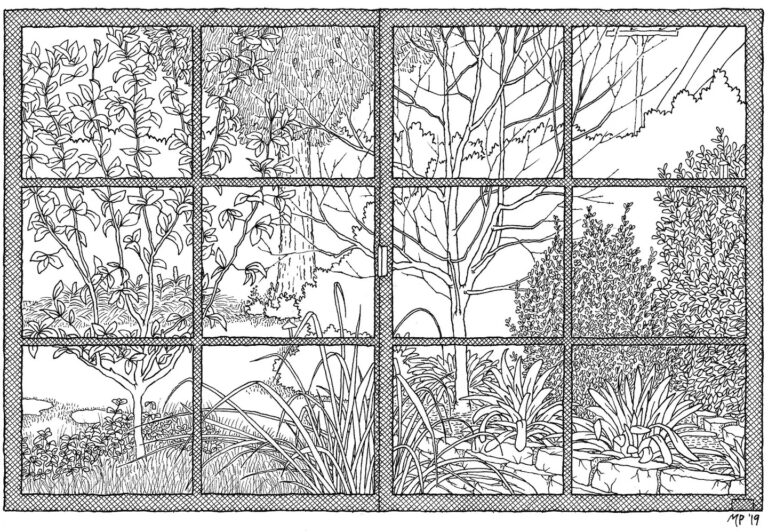“At Home With Race (On Omi and Winant’s Racial Formation in the United States)” was originally published in The Modern Language Association of America, volume 123, issue no. 5, pages 1557 – 1565 (October 2008).
The line between a contact zone and a comfort zone is a thin one. I can imagine that line drawn in many ways, but the Color line of which W. E. B. DuBois spoke is the one that concerns Michael Omi and Howard Winant. In Racial Formation in the United States, when they declare that “race has no fixed meaning,” they mean that this color line is always being redrawn, by different hands and differing hearts. It is this possibility of racial transformation, not just racial formation, that makes Omi and Winant’s theory powerful and compelling. With transformation in mind, we can conceive of racial formation as another version of Mary Louise Pratt’s contact zone, where friction sparks unpredictable futures and where, by implication, our racial present may not look like our racial past. At the same time, racial formation is also reformation, affirming identities with which we feel at ease. In these comfort zones of inherited identities, we encourage others and are encouraged ourselves to toe the (color) line. These racial tendencies, toward change and constancy, innovation and cliché, are evident in both politics and culture. Although Omi and Winant’s sociology of race is not concerned with literature, their insightful model of racial formation is manifest in literary culture, in aesthetic form and in literary institutions: the publishing industry, the literary marketplace, and the department of literature, where racial politics are always present.
To read the rest of the article, please download the PDF.



